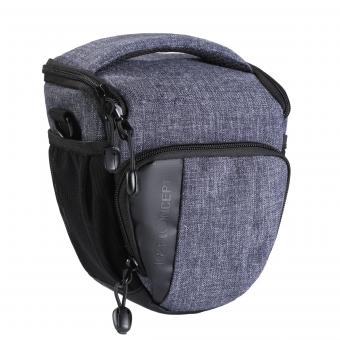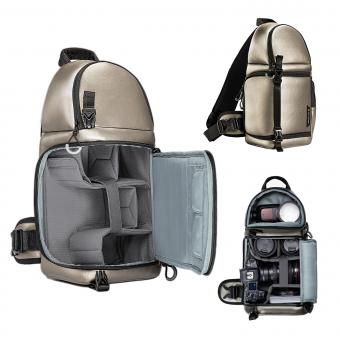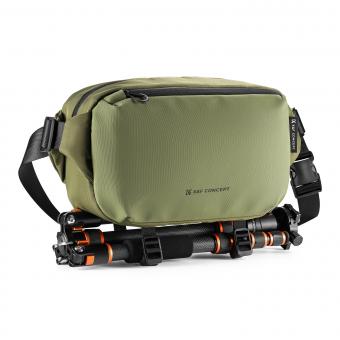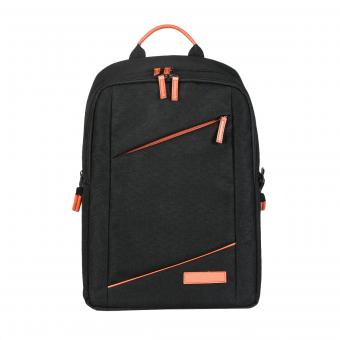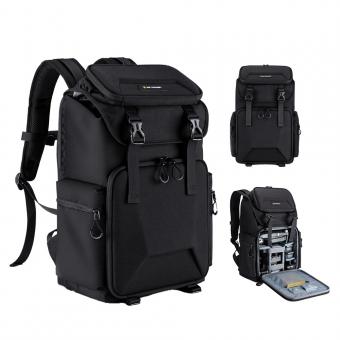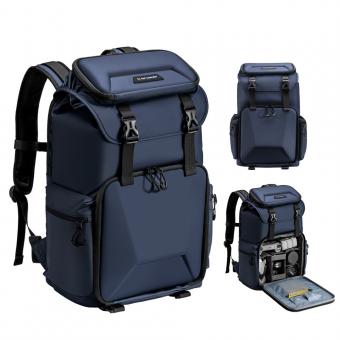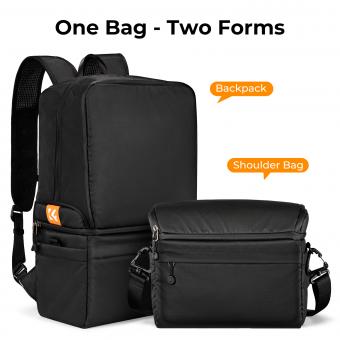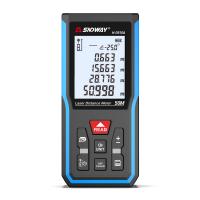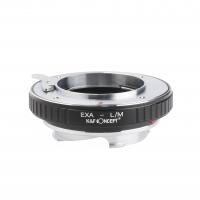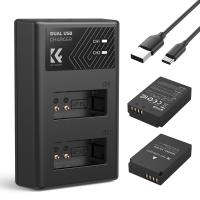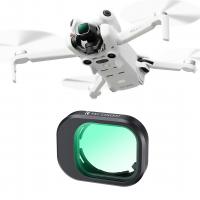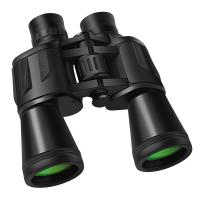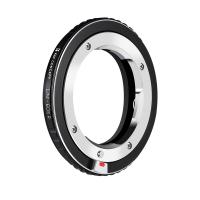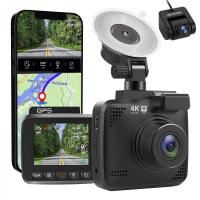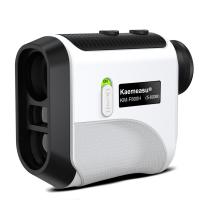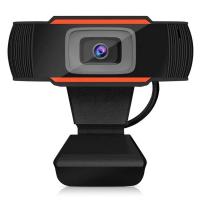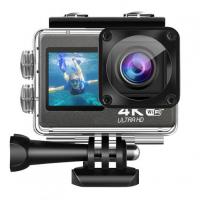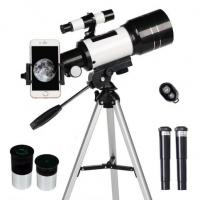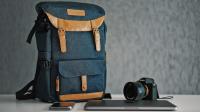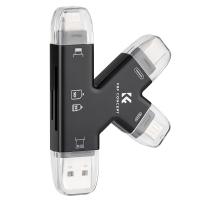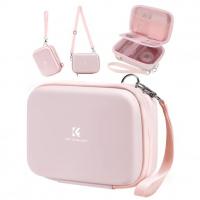How To Carry A Camera Bag?
Carrying a camera bag might seem like a straightforward task, but for photographers, both amateur and professional, it is a crucial aspect of their craft. The way you carry your camera bag can significantly impact your comfort, the safety of your equipment, and your overall efficiency while shooting. In this article, we will delve into the various considerations and best practices for carrying a camera bag, ensuring that you can focus on capturing the perfect shot without worrying about your gear.
Choosing the Right Camera Bag
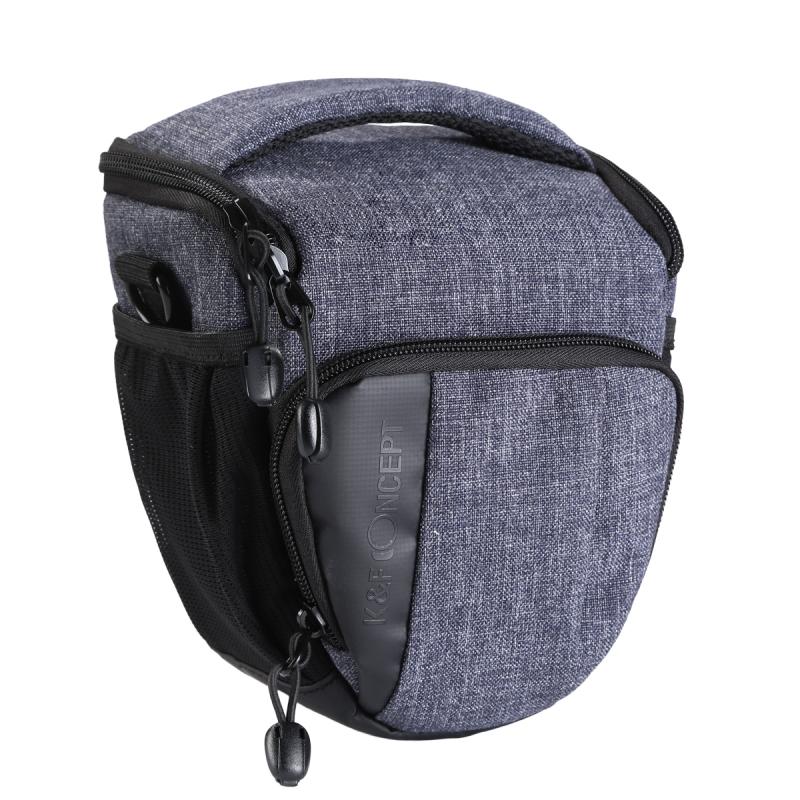
Before we discuss how to carry a camera bag, it is essential to choose the right one. The type of bag you select will depend on your specific needs, the kind of photography you do, and the amount of equipment you carry. Here are some common types of camera bags:
1. Backpacks: Ideal for carrying a lot of gear, including multiple camera bodies, lenses, and accessories. They distribute weight evenly across your shoulders and back, making them comfortable for long periods.
2. Shoulder Bags: These are great for quick access to your gear. They are typically smaller than backpacks and rest on one shoulder, making them suitable for shorter shoots or when you need to be mobile.
3. Sling Bags: A hybrid between backpacks and shoulder bags, sling bags can be swung around to the front for easy access. They are perfect for photographers who need to move quickly and access their gear frequently.
4. Roller Bags: Best for travel, these bags come with wheels and a handle, making them easy to transport through airports or urban environments. They can carry a significant amount of gear but are not ideal for rough terrains.
Packing Your Camera Bag
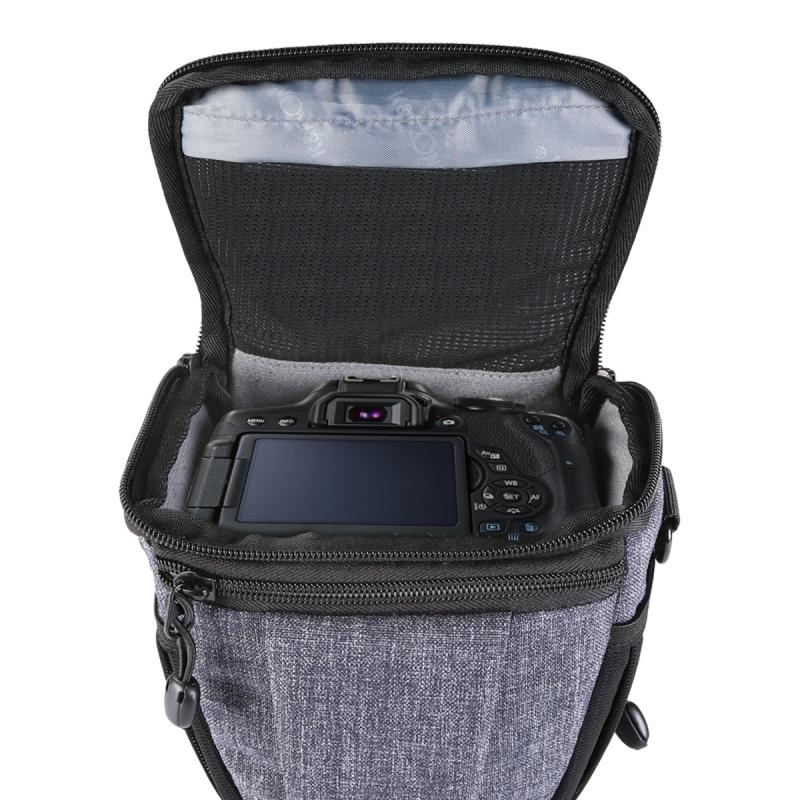
Once you have chosen the right bag, the next step is to pack it efficiently. Proper packing ensures that your equipment is protected and easily accessible. Here are some tips for packing your camera bag:
1. Use Dividers: Most camera bags come with adjustable dividers. Use them to create compartments for your camera bodies, lenses, and accessories. This not only protects your gear from damage but also makes it easier to find what you need quickly.
2. Distribute Weight Evenly: Place heavier items, like camera bodies and large lenses, in the center of the bag and closer to your back. This helps maintain balance and reduces strain on your shoulders and back.
3. Protect Fragile Items: Use padded compartments or wrap fragile items like lenses and filters in soft cloths to prevent damage.
4. Organize Accessories: Keep smaller accessories like memory cards, batteries, and cleaning kits in designated pockets or pouches. This prevents them from getting lost and makes them easy to find when needed.
Carrying Techniques
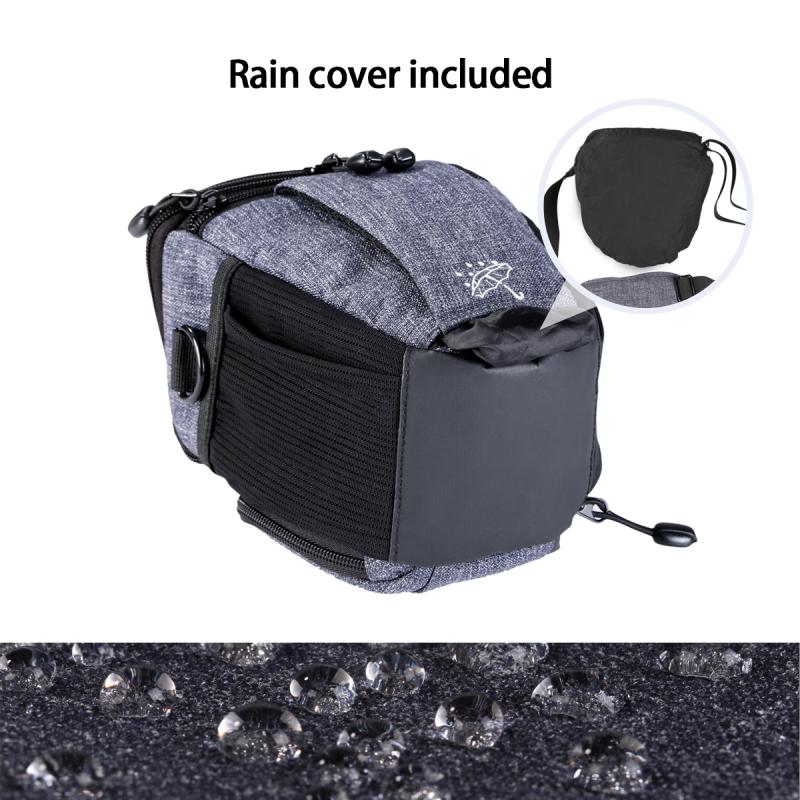
Now that your bag is packed, let's discuss the best techniques for carrying it. The way you carry your camera bag can affect your comfort and the safety of your gear.
1. Backpacks:
- Adjust the Straps: Ensure that the shoulder straps are adjusted to fit snugly but comfortably. The bag should sit high on your back, with the weight distributed evenly.
- Use the Waist and Chest Straps: Many camera backpacks come with waist and chest straps. Use them to distribute the weight more evenly and reduce strain on your shoulders.
- Take Breaks: If you are carrying a heavy load, take regular breaks to rest your shoulders and back.
2. Shoulder Bags:
- Switch Shoulders: To avoid straining one shoulder, switch the bag from one shoulder to the other periodically.
- Use the Pad: Ensure that the shoulder pad is positioned correctly to provide maximum comfort.
- Keep It Close: Keep the bag close to your body to maintain balance and prevent it from swinging around.
3. Sling Bags:
- Adjust the Strap: Make sure the strap is adjusted so that the bag sits comfortably on your back and can be easily swung around to the front.
- Secure the Bag: Some sling bags come with additional straps to secure the bag to your body. Use them to prevent the bag from moving around too much.
4. Roller Bags:
- Use the Handle: Extend the handle fully and use it to pull the bag behind you. Avoid overloading the bag to prevent it from tipping over.
- Lift with Care: When lifting the bag, use proper lifting techniques to avoid straining your back. Bend your knees and lift with your legs, not your back.
Safety Considerations
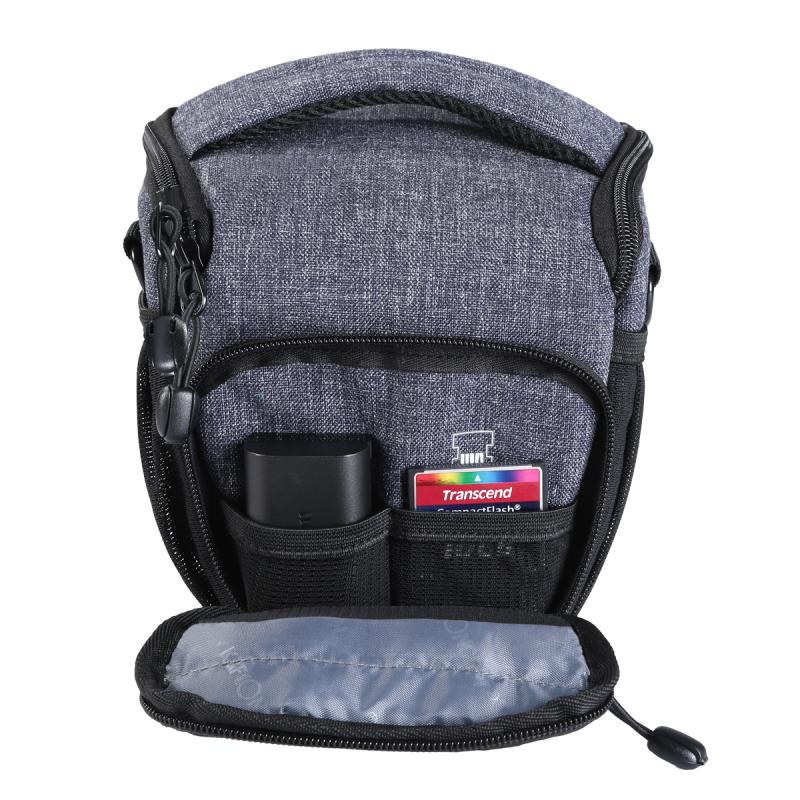
Carrying a camera bag also involves ensuring the safety of your equipment. Here are some safety tips to keep in mind:
1. Be Aware of Your Surroundings: When in crowded or unfamiliar areas, be mindful of your surroundings to avoid theft or accidental damage to your gear.
2. Use a Rain Cover: If you are shooting in wet conditions, use a rain cover to protect your bag and equipment from moisture.
3. Secure Zippers and Buckles: Ensure that all zippers and buckles are securely fastened to prevent items from falling out.
4. Avoid Leaving Your Bag Unattended: Always keep your bag within sight or securely locked when not in use.
Ergonomics and Health
Carrying a camera bag for extended periods can take a toll on your body. Here are some ergonomic tips to help you stay comfortable and avoid injury:
1. Maintain Good Posture: Keep your back straight and shoulders relaxed when carrying your bag. Avoid slouching or leaning to one side.
2. Stretch Regularly: Take breaks to stretch your shoulders, neck, and back. This helps prevent stiffness and muscle strain.
3. Stay Hydrated: Carry a water bottle and stay hydrated, especially during long shoots. Dehydration can lead to fatigue and muscle cramps.
4. Use a Tripod or Monopod: If you are carrying a heavy camera setup, consider using a tripod or monopod to reduce the weight on your shoulders and arms.
Carrying a camera bag might seem like a minor detail, but it plays a significant role in your overall photography experience. By choosing the right bag, packing it efficiently, and using proper carrying techniques, you can ensure the safety of your equipment and your comfort. Remember to be mindful of your surroundings and take care of your body to avoid injury. With these tips in mind, you can focus on what truly matters – capturing stunning images.

